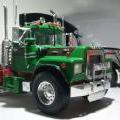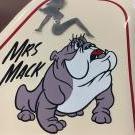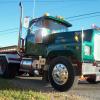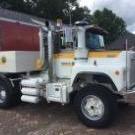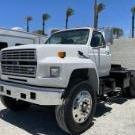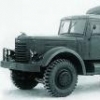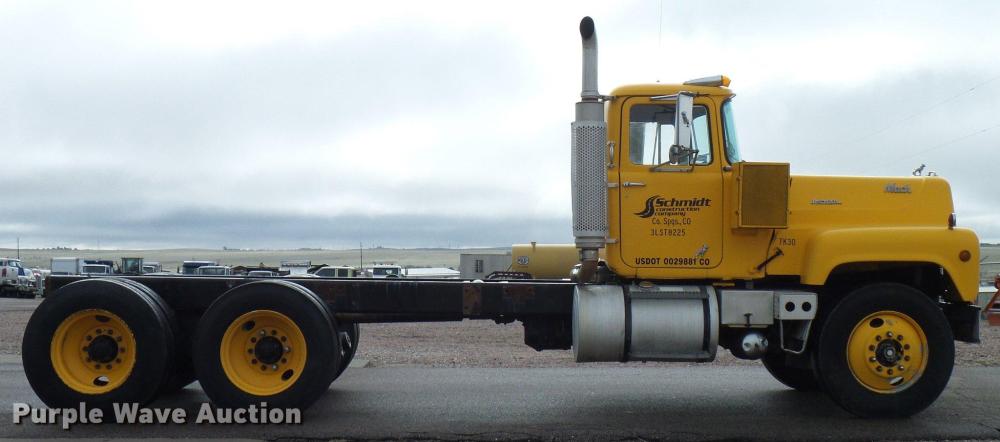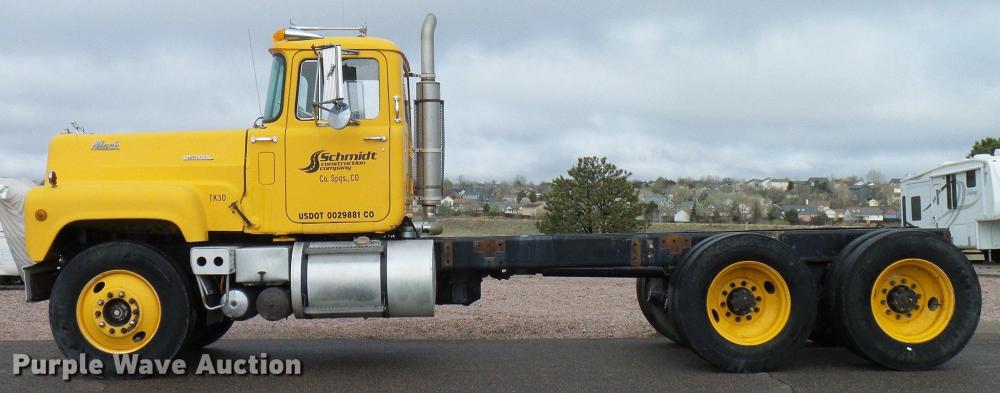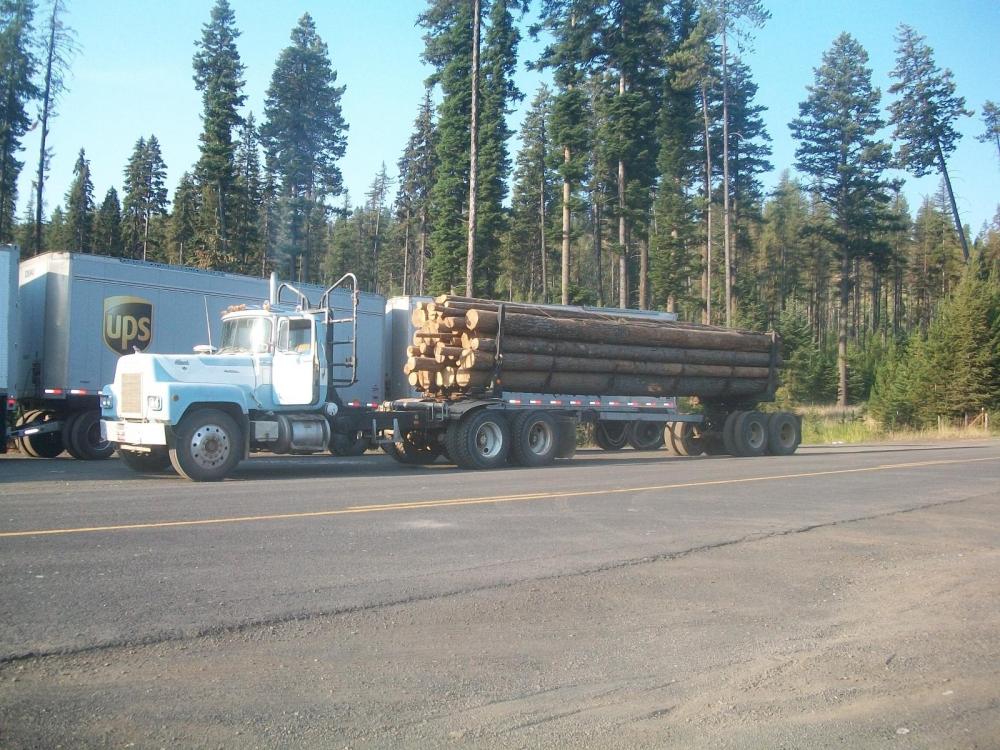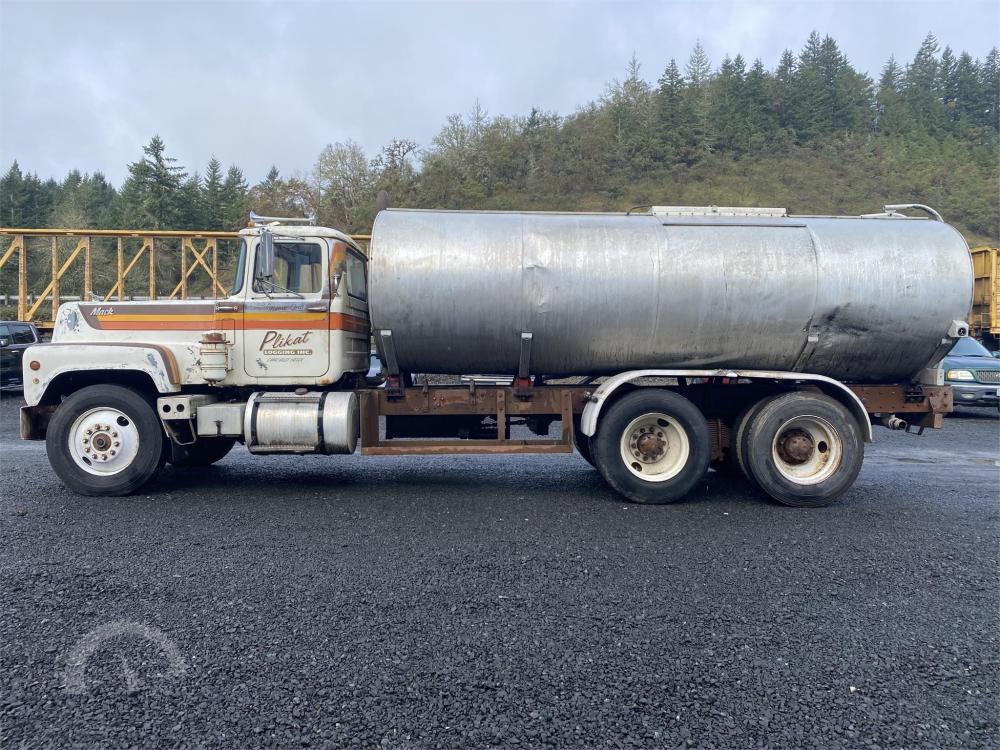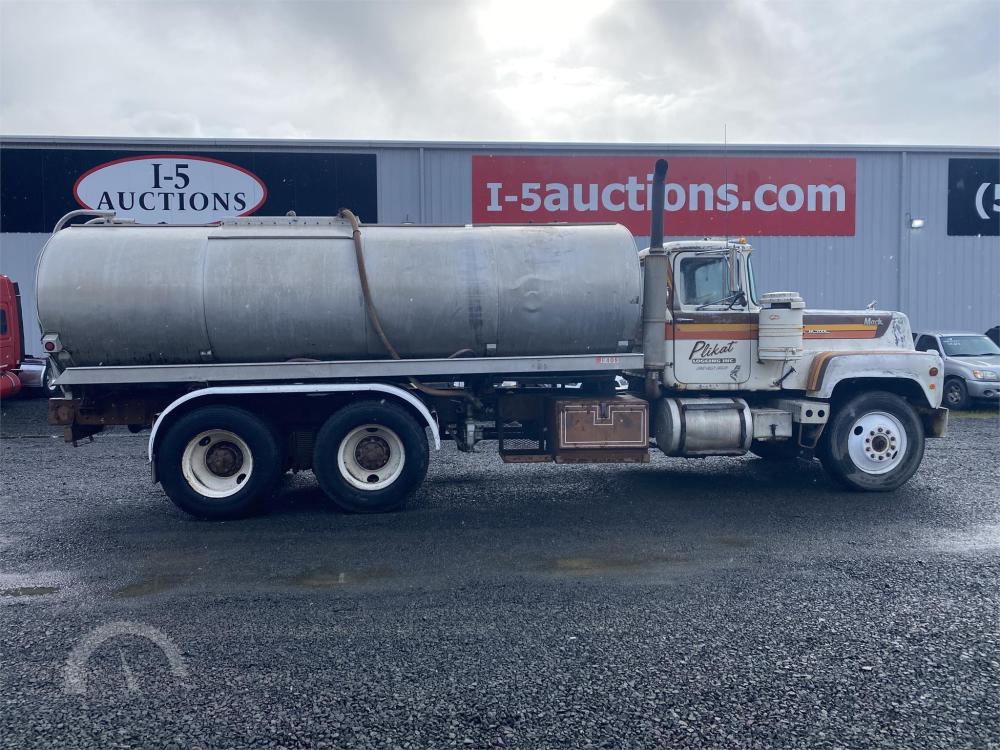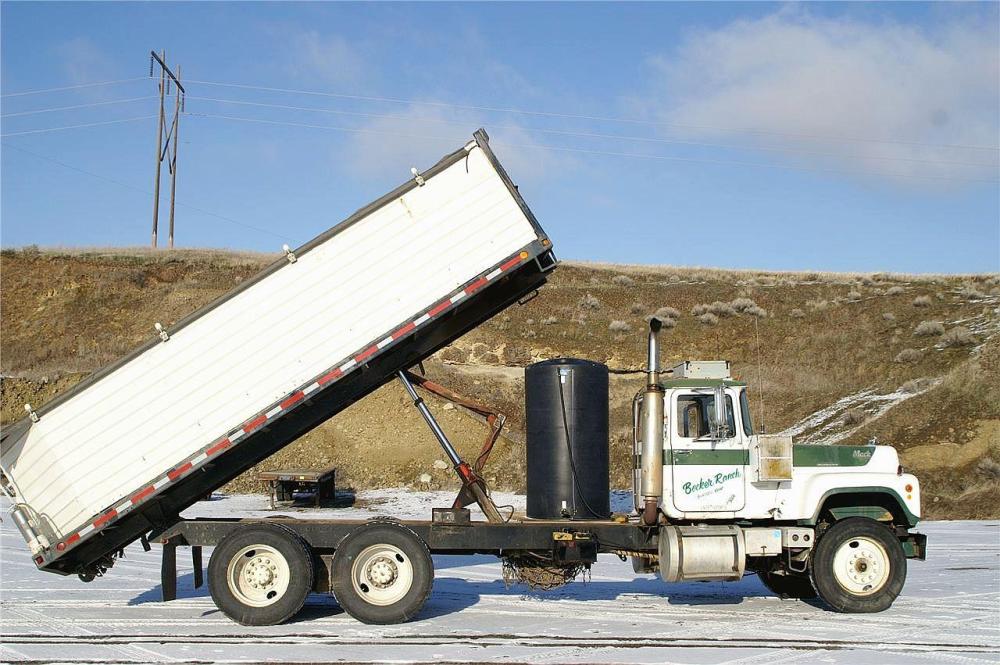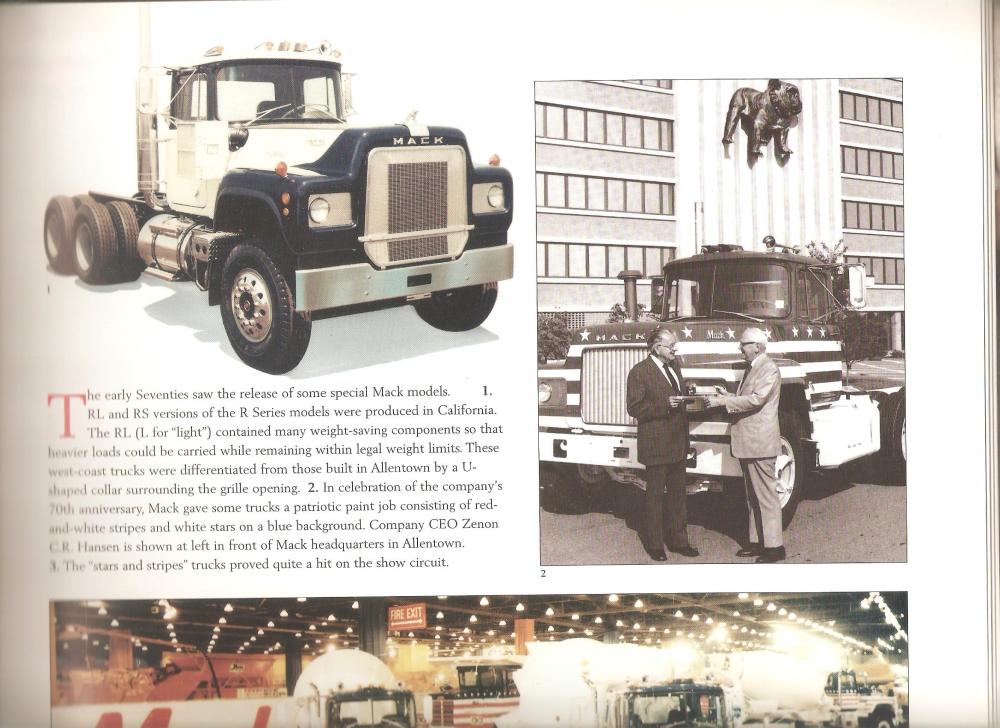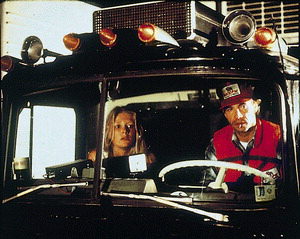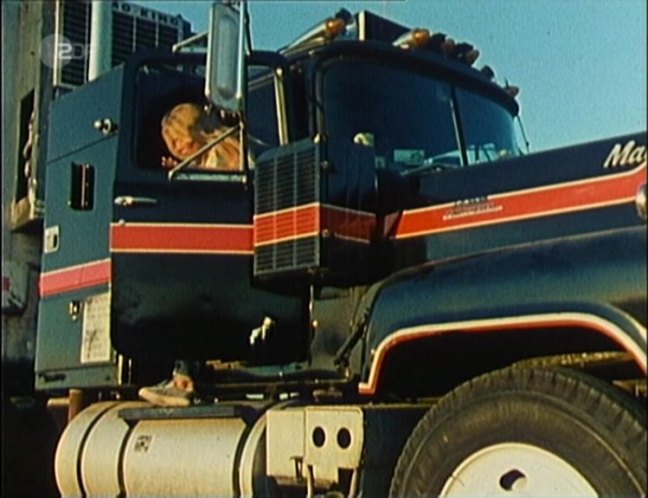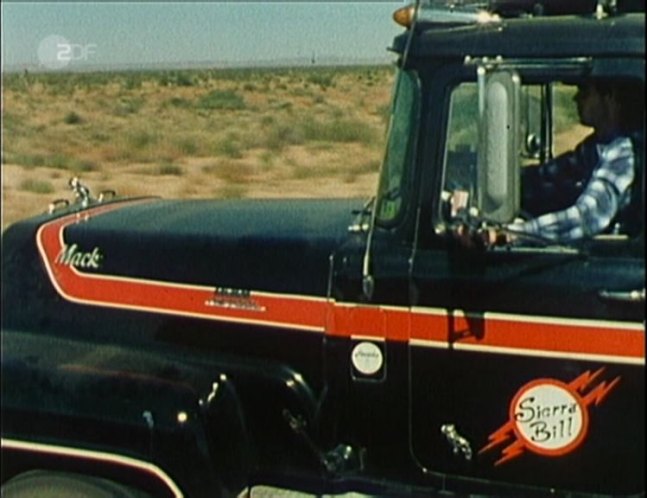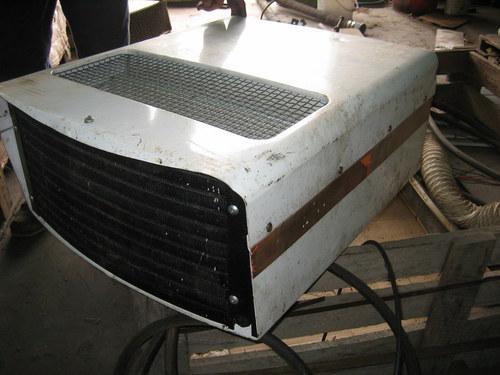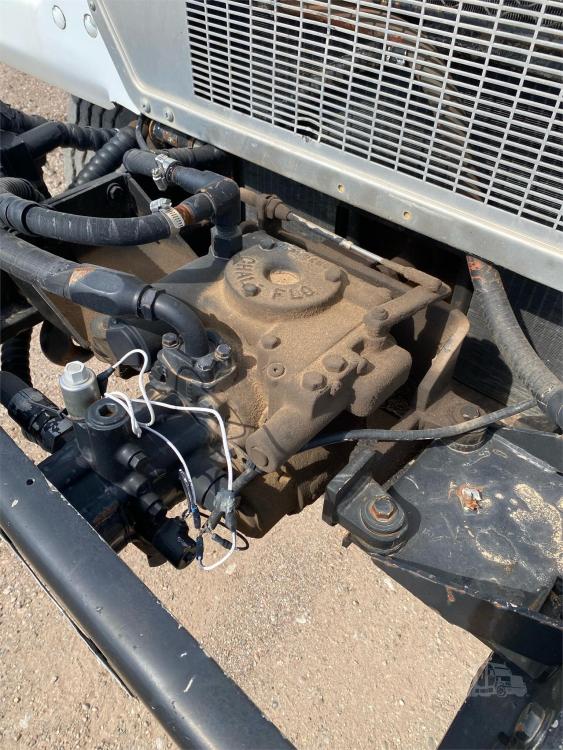-
Posts
242 -
Joined
-
Last visited
-
Days Won
1
Whiskymack last won the day on May 4 2018
Whiskymack had the most liked content!
Location
-
Location
UK
Profile Fields
-
Interests
Modelmaking, trucks
Recent Profile Visitors
Whiskymack's Achievements
-
Can anyone help me with location and number of air tanks on Western R models? My latest model project is a 67 RL771LS logging truck but I am a bit stuck on where to put the air tanks. Most Westerns I have seen have them mounted under the battery boxes, usually two on the left side and one on the right although I have also seen some with two on each side but severe service spec trucks such as loggers often don't have the tanks under the battery boxes, presumably for better ground clearance. Later models seem to have them mounted one above the other immediately behind the diesel tanks whilst some earlier models seem to have them mounted inside the step boxes immediately behind the front wheels although there only seems to be enough space to mount two tanks in this manner. So my question is this: How many air tanks should there be on an early model (1967 to about 1970) and where would they have been mounted on a factory spec severe service model?
-
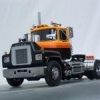
Mack RS700L from 'Fleisch' scale model
Whiskymack replied to Whiskymack's topic in Mack Scale Model and Diecast Corner
Thank you for the comments. I usually build in 1:25 but occasionally 1:24. I think the Australian resin is from a company called Auslowe. I've never used any but it looks really good. I think he only does Australian Macks but you can get complete kits for the Superliner and maybe others as well. The Superliner kits are incredible, lots of detail and spot on in terms of accuracy as far as I can see. Mine is mostly scratch but with drivetrain and a number of other bits from AMT kits. The hood is a vac form and the cab is scratch with AMT firewall dash and seats. -
Finished except for a few small details and a trailer. The real thing featured in a German TV movie from 1979 called Fleisch or Spare Parts.
- 21 replies
-
- 17
-

-

-

R Model Grill
Whiskymack replied to Quickfarms's topic in Antique and Classic Mack Trucks General Discussion
I've seen a few like this and I think it was probably factory. It might have been to support the grill where it hinged. My guess is the hinged grill didn't work very well in practice because the lower piece was also attached to the bumper and may have caused the upper piece to pull away from the hood. This would also explain why the two piece grill only lasted a few years and was replaced by the more familiar one piece design. -
Double Denim Dude looks real enough to me! Mine's a cardboard cut out though. A bit of a one dimensional guy.
-
Hello Marco, I built a model of this truck a few years back. I think I asked the same question back then but wasn't able to find out anything about that particular truck apart from the images in the brochure posted by D-Day. Maybe the Mack Museum might be able to help. As far as Value-Liners go, I do have lots of photos etc. both of actual trucks and my model during and after construction.
-
Thank you to everyone for all the help and suggestions. Thanks to Quickfarms I have the right answer-it's a Frigiking unit. As for the spring hangers and chassis brackets on the RS/RL/FS/FL they do look identical with the exception of those specific to mounting of cabs in either conventional or COE configuration. The hinges for the F model cab seem to be mounted onto the front frame horns/spring hangers while the R model hood hinges from brackets on the sides of the radiator. The Western F models were the first off the line when the Hayward factory opened and the R models followed a bit later so I guess the Western F model frame was adapted to conventional layout. In a similar fashion the original RW Super-liner used the same frame as the Cruise-liner whilst the second generation from about 85/86 onwards ran on the MH Ultra-liner frame. I think in Australia it was different with all these models sharing the original R model frame.
-
The step boxes were common to most of the Western models though I don't think I've ever seen them on the RS/RL600 models and late 700 models. These had what looks like a GRP quarter fender instead. I don't think there was space to fit them in on the 600 series and the change in cab mounts on the late 700 models meant that the battery boxes got moved forward so, again, looks like there was no room for the step box. The Western F and R models also shared the same frame. They basically seem to be the same truck in either conventional or cabover configuration.
-
Thanks for all the information. I've had a search for Kysor, Red Dot and Mark IV but there are very few images of old units so I can't find anything that looks the same although I've seen the same unit on several trucks of that era. I'll just have to make it up I guess. I'm guessing the truck itself is from about 73 to 75. It still has the step boxes behind the fenders which I haven't seen on late models and it also has the earlier style fixed cab mounts which later got replaced with what looks like a pivoting mount, maybe to allow the back of the cab to move up and down when cab air suspension came in. The film truck is also a two stick and it looks like there is an auxiliary transmission mounted mid frame so I've gone with a Cummins and Spicer 5x4 axiliary for the model.
-
This is my current model project which I'm not far off finishing now. It's pretty much all painted so I'll soon be putting it all together. The truck was in a 1979 German TV movie called Fleisch which was also released in English as 'Spare Parts'. In the original German language film the truck features a lot but 'Spare Parts' is shorter and much of the truck footage has been edited out which is a great shame because I think the German director wanted to show the audience what life on the road as a long distance trucker was like and this is lost in the English language version. Anyway, I have a couple of questions. I wonder if anyone knows anything about this RS700L. I think it is probably a mid 1970's model but has anyone come across it or know of it? Also can anyone identify the brand/model of AC on the roof. I have a Kysor one which I took from the ERTL DM800 kit which looks like the one in the last picture but I can see that the one on the film truck is a different shape. It is flat across the front, not curved like the one in the picture. Any help would be welcomed.
-

Mack truck
Whiskymack replied to Casey1967's topic in Antique and Classic Mack Trucks General Discussion
Looks like it might have the plastic dash but very hard to tell. It also has the larger plastic Mack letters on the front which I think came sometime in the 70's rather than the smaller metal letters. -

RL600 Concrete mixer question
Whiskymack replied to Whiskymack's topic in Mack Scale Model and Diecast Corner
Thank you for all the suggestions. I think I have found the answer. It looks like there is a square opening in the bottom of the radiator core for the shaft to pass through. The Radiators on RS/RL models are tall and drop down below the level of the crankshaft so I guess the opening was the only way it would work. -
Thank you for all the encouraging comments. I put an 8V92 detroit in the model but I think this was probably just studio dub. You can see that the truck that went off the cliff had a 6 cylinder Mack motor but then I'm pretty sure they used two near identical trucks for the chase sequence so I suppose the other might have had a detroit though unlikely. The Mack DM of this era brochure does not list detroit amongst the engine options and a google search for Mack DM873 brings up nothing. I'll call it modellers license!
BigMackTrucks.com
BigMackTrucks.com is a support forum for antique, classic and modern Mack Trucks! The forum is owned and maintained by Watt's Truck Center, Inc. an independent, full service Mack dealer. The forums are not affiliated with Mack Trucks, Inc.
Our Vendors and Advertisers
Thank you for your support!



